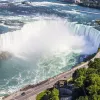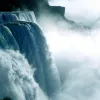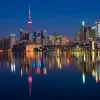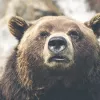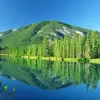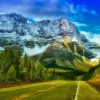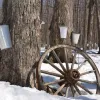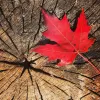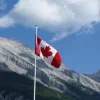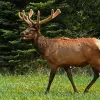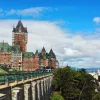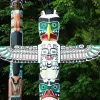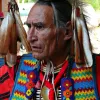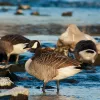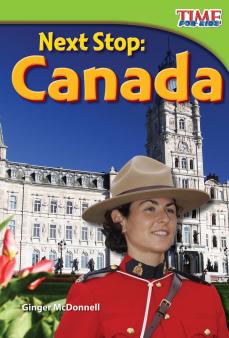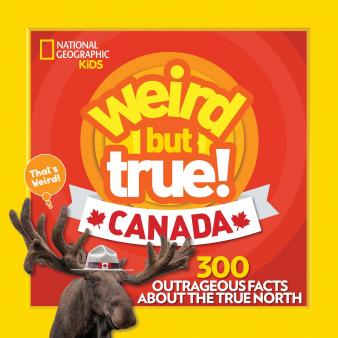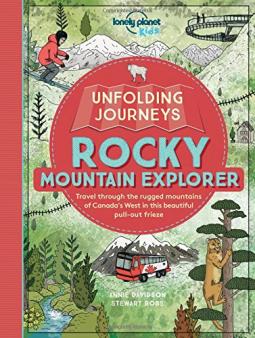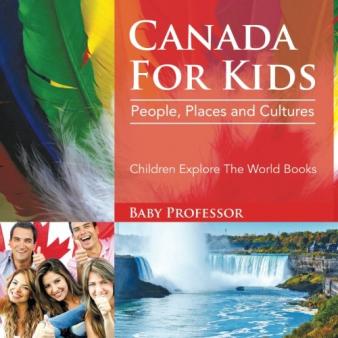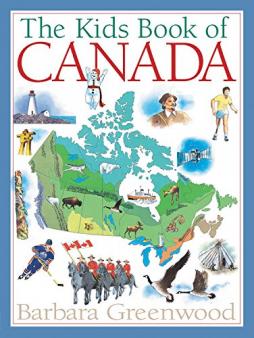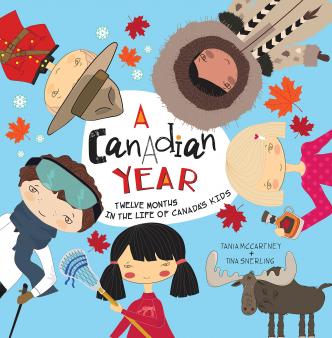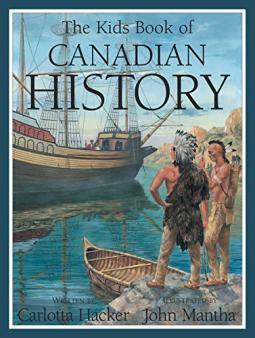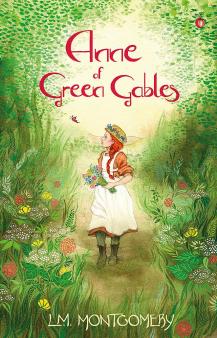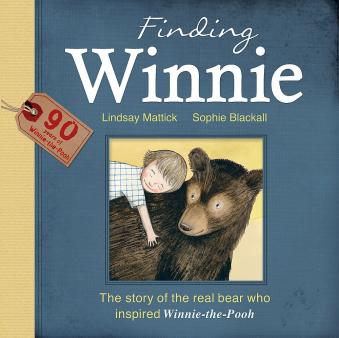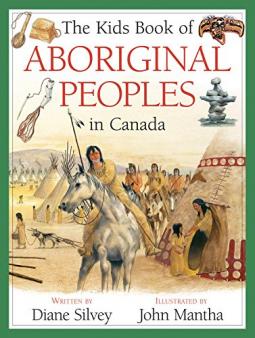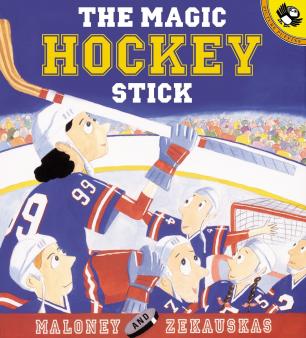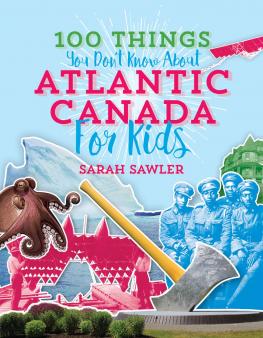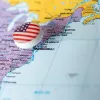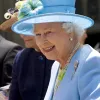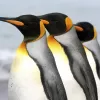TheSchoolRun.com closure date
As we informed you a few months ago, TheSchoolRun has had to make the difficult decision to close due to financial pressures and the company has now ceased trading. We had hoped to keep our content available through a partnership with another educational provider, but this provider has since withdrawn from the agreement.
As a result, we now have to permanently close TheSchoolRun.com. However, to give subscribers time to download any content they’d like to keep, we will keep the website open until 31st July 2025. After this date, the site will be taken down and there will be no further access to any resources. We strongly encourage you to download and save any resources you think you may want to use in the future.
In particular, we suggest downloading:
- Learning packs
- All the worksheets from the 11+ programme, if you are following this with your child
- Complete Learning Journey programmes (the packs below include all 40 worksheets for each programme)
You should already have received 16 primary school eBooks (worth £108.84) to download and keep. If you haven’t received these, please contact us at [email protected] before 31st July 2025, and we will send them to you.
We are very sorry that there is no way to continue offering access to resources and sincerely apologise for the inconvenience caused.
Canada
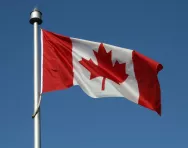
Canada is the world's second largest country by total area (the first is Russia) and is located in the northern part of the continent of North America. This enormous country has the longest coastline in the world, with the Pacific, Atlantic and Arctic Ocean on three sides of it. It shares a southern border with the United States of America.
The weather in Canada ranges from temperate in the south to subarctic and arctic in the north, where snow can be deep for up to six months of the year.
Famous for amazing natural landscapes, the national sport of ice hockey and making delicious maple syrup, Canada has blended the culture of the Inuit and First Nations people with the descendants of the English and French settlers. The country has two official languages, English and French.
Top 10 facts
1. Ottawa is the capital of Canada.
2. French and English are both the official languages of Canada.
3. Canada has the longest shared border in the world, 8,893km (5,526 miles) with the United States of America, as well as a maritime boundary with the Danish territory of Greenland, and a short maritime border with French overseas islands of Saint Pierre and Miquelon.
4. The currency in Canada is the Canadian dollar.
5. The British monarch is the head of state of Canada and represented by a governor-general, who has very limited powers. Canadian laws are made by the elected federal government, which includes a parliament and a prime minister.
6. Canada is a sparsely populated country despite its size: although it spans more than half the Northern Hemisphere only 0.5% of the world’s population (just over 35 million people) live there, most near the US border.
7. There are between 2 million and 3 million lakes in Canada which is more lakes than the rest of the world have put together.
8. Canada's Hudson Bay is the largest bay in the world, with a surface area of 1,230,000 square kilometres.
9. Native Canadians, called First Nations people, have lived in Canada for thousands of years, as have the Inuit people. Many Canadians today are descended from settlers who came to Canada from Britain and France from the 16th century.
10. Canada is home to one of the natural wonders of the world, the most famous Niagara Falls waterfall (which actually consists of three waterfalls in total). Niagara Falls is the most visited waterfall in the world!


Start your child on a learning programme today!
- Weekly English, maths & science worksheets direct to your inbox
- Follows the National Curriculum
- Keeps your child's learning on track
Did you know?
Toronto is the biggest city in Canada. Its famous CN Tower is one of the tallest towers in the world, 553 metres high!
A Canadian bear cub named Winnipeg was exported to London Zoo in 1915 and a young boy who loved visiting the bear cub was the original inspiration for his father to create one of the most famous bears in the world, Winnie the Pooh.
Quebec is the only province of Canada that is mainly French speaking and almost half the population of Quebec are bilingual (speak both French and English as their native language).
Canadian lakes and rivers contain about 20 percent of all fresh water on Earth! The Canadian province of Ontario contains over 250,000 lakes!
Canadians eat more boxed mac and cheese (known as Kraft Dinner) than any other country in the world, an incredible 1.7 million boxes a week!
For three months of the year, in the Yukon above the Arctic Circle the sun shines non-stop. In the winter people there live in complete darkness for three months.
Fifty per cent of all the polar bears in the world live in Nunavut in northern Canada.
In Nunavut, houses are built on stilts – if they were built on the ground the heat from the houses would melt the ground underneath them and they would sink!
Every year about a million people attend the Calgary Stampede, a rodeo festival.
1 July is Canada Day, when Canadians celebrate their country becoming an independent state in 1867.
Seventy per cent of the world's maple syrup is produced in Quebec.
About 1.2 million Aboriginal people live across Canada, speaking more than 50 languages.
The first European to reach Canada was the Viking Leaf Eriksson, who landed on the northern tip of Newfoundland about 1000 AD.
Canada produces a lot of wood! Around 37% of the country is covered by forests.
Gallery
About
Canada is a vast country which covers 9,984,670 square kilometres and whose territories span six time zones. Located in the northern-most region of North America, Canada's shores touch three oceans: the Pacific, the Arctic and the Atlantic. Each of these oceans influences the country's climate, economy and trade. Canadian landscapes stretch from the frozen, remote north to extensive forests, vast lakes and rivers and huge prairies (open grasslands) and tundra.
The Canadian population is distributed very unevenly. The wilderness of the Northwest Territories and Nunavut make up about 60% of its land area but only about 60,000 people live there. Most inhabitants live close to the US-Canada border where the main urban areas such as Toronto, Vancouver, Montreal and the capital Ottawa are.
There is a history of struggles between different groups of people in Canada.
The first people to come to Canada arrived 15,000 to 30,000 years ago, across a land bridge that joined Asia and North America. The descendants of these indigenous people are known as the First Nations people (around 4% of the current Canadian population).
The settlement established around 1000 AD by the Viking explorer Leif Eriksson in Newfoundland didn’t last long, but in the 16th century, French and British settlers began to arrive in Canada (around 29% of Canadians are of French origin). Land disputes between different groups of people led to four wars between 1689 and 1763; the final war, called the French and Indian War, left the British in control of Canada.
Canada was a collection of British-controlled colonies until 1867, when Ontario, Quebec, Nova Scotia and New Brunswick combined to form a Canadian confederation with its own government, parliament and prime minister.
Following lots of territorial changes over the years, today Canada is made up of ten provinces and three territories.
The two national languages of Canada are English and French. A tiny percentage of Canadians, 0.6%, speak an Aboriginal language.
Nunavut has a population of 25,000, mainly Inuit people. Inuits have rejected the name by which they were known in the past ('Eskimo') because it means 'eater of meat', a term which was used by other Aboriginal groups to insult them. 'Inuit' means 'person'.
Canada is very rich in natural resources including natural gas and metals like zinc. It is one of the world's largest producers of hydro-electrical power, generated by huge dams. The forest products industry (lumber, plywood, paper) provides jobs for over a million Canadian people. The fishing industry is also very important and exports over 75% of its fish to other countries every year.
Canadian animals such as buffalo, beavers, seals and polar bears have come under threat in the last few hundred years, with buffalo hunted almost to extinction in the 19th century. Polar bears are now under threat because of global warming and industrial pollution.
The Canadian flag shows the maple leaf as the hallmark of Canada, but this has also come to represent unity, tolerance, and peace.
The UN rates Canada as one of the best countries to live in the world, with life expectancy and standards of education and healthcare particularly high. It is also a place of amazing natural beauty.
Outdoor activities like camping, skiing, canoeing and white-water rafting are very popular in Canada. Ice hockey is the hugely popular national sport.
Related Videos
Just for fun...
Try some Canadian geography interactive games
Make your own Canadian sweet treats, butter tarts and Nanaimo bars
Lots of Canadian quizzes to try
Games to help you explore the aboriginal people of Canada and their heritage
Learn some Inuktitut words with online games
Try some online ice hockey games
Lots of Canada-inspired colouring in
Best books about Canada for children
Find out more about Canada
Read National Geographic Kids' facts about Canada
The Rough Guide introduction to Canada
Investigate Canadian history in these guides for children
Information, videos and photographs of the native people of Canada and their culture and heritage, including the Inuit people of the Arctic region
See the flora and fauna of North America
Visit the Virtual Museum of New France and learn about the culture and civilisation of Canada's first European inhabitants
See a virtual exhibition of a thousand years of Canada’s history and get to know Inuit history and art
Listen to the Fun Kids guide to Toronto
Learn lots of maple syrup facts
How many of these classic Canadian foods have you tried? Ketchup crisps, maple fudge, beaver tails (made of pastry!) and poutine (fries piled with melty curds and thick gravy) sound (mostly!) delicious
Watch videos to find out more about Canada's national sport, ice hockey
See for yourself
Canadian natural wonders and top Aboriginal travel experiences in Canada
The Parks Canada highlights Canada's national parks
Look at some beautiful wildlife photography from Canadian photographer John E. Marriott
See an online exhibition of Inuit art

